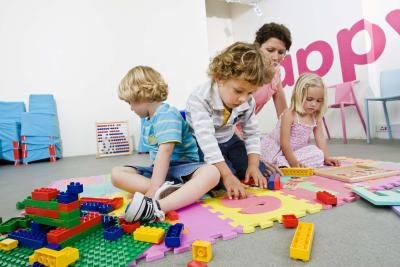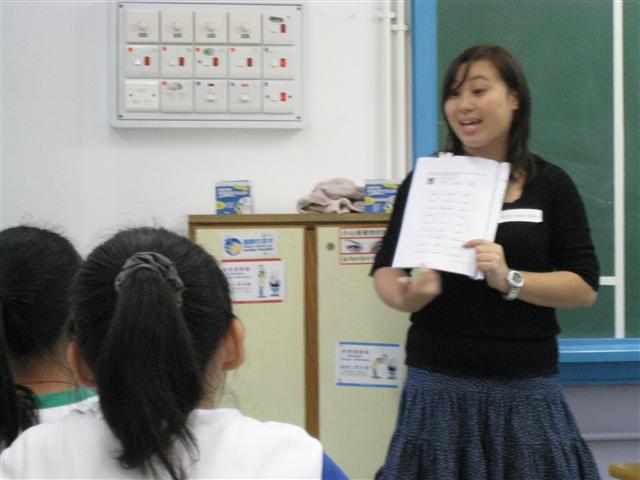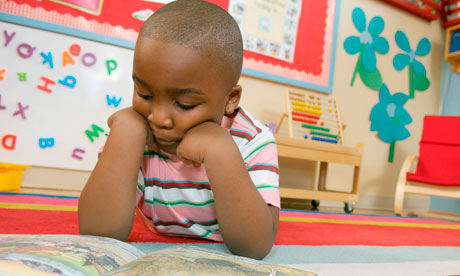Phonics Center Ideas. Phonics Center Ideas thumbnail
Activities for Teaching Phonics Digraphs. Activities for Teaching Phonics ...
Phonics Scaffolding Activities. Phonics Scaffolding Activities thumbnail
There has been a long-standing and often contentious debate in education ...
Phonics & Conversation. Focuses on phonic awareness skills- the ...
Preschool boy reading. Primary schools are being encouraged to teach ...
... the basics: starting with phonics. She couldn't sound out the words ...
That is essentially illiterate. And, despite pouring more money into ...
Firm Foundations overview. The Firm Foundations materials are made ...
Our kindergarten literacy program is centred on "Jolly Phonics"
If your child has reached the age of four and has recently started at primary school then you will more than likely have started to hear the word "phonics" being discussed around school? But what exactly is phonics and what does it have to do with your child?
Teaching a child to read is one of the most important aspects of their education. It forms the foundation from which they can then progress and opens up a whole new world of reading to them. Phonics forms a huge part of this learning journey and is now commonly used in UK schools when teaching children how to read and write.
Let's look at phonics right from the start... when the child is first introduced to this teaching method they are shown the letters of the alphabet and the sounds that these letters make individually, rather than the name of the letter. So, for example when they are show the letter "a" (which adults will pronounce as "ay") they are taught the sound that this letter makes, so "ah" (much like the way it is pronounced when saying the word "cat").
There are 26 letters in the English alphabet, yet these letters make a total of 44 sounds. Your child needs to be confident about the letters in front of them and the sounds they make before they can progress to reading with any degree of confidence. When they comprehend the sound an individual letter makes they can progress to the next stage; blending.
When two or more letters are used together their sound can change, and yet there is a patter than with repeated practice your child will become familiar with. This will then help to increase the child's level of fluency and will help them approach some more "irregular words".
Phonics has been proven to help not only children but also adults progress their reading skills. By teaching a child the sound a specific symbol means they are able to progress later in life when looking at words, breaking them down by sound and deciding upon the correct word within a split second. Phonics offers a good strategy for decoding words so that the child does not need to memorise the word by sight.
Phonics is now widely recognised as the most reliable and effective ways of teaching children how to read and as a parent you should familiarise yourself with the principles of phonics so you can support this learning at home.








